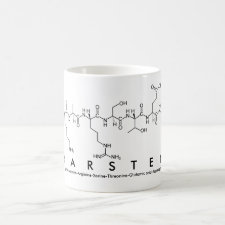
Authors: Garcia-Soto MJ, Haupt K, Gonzato C
Article Title: Synthesis of molecularly imprinted polymers by photo-iniferter polymerization under visible light.
Publication date: 2017
Journal: Polymer Chemistry
Volume: 8
Issue: (33)
Page numbers: 4830-4834.
DOI: 10.1039/C7PY01113J
Abstract: The easiest way to make polymers able to specifically recognize a target molecule consists of copolymerizing functional monomers and a cross-linker around a molecular template. This method affords a rigid material bearing high affinity binding sites, namely a synthetic receptor or antibody mimic, known as the "molecularly imprinted polymer" (MIP). MIPs find applications in many fields where a specific molecular recognition process is involved, and to suit their application there is a constant need for engineering their physical forms and synthetic methods, with photo-structuring being particularly attractive. Herein we report for the first time the use of a photo-iniferter precipitation polymerization for the synthesis of MIPs under low-power visible light. Microspheres imprinted with testosterone as model targets were synthesized under either blue or green light, and the living fragments on their surface were further used for chain extension with model poly-(ethylene glycol methacrylate phosphate) brushes by reversible addition-fragmentation chain transfer (RAFT) polymerization, demonstrating the versatility of this approach
Template and target information: testosterone



Join the Society for Molecular Imprinting

New items RSS feed
Sign-up for e-mail updates:
Choose between receiving an occasional newsletter or more frequent e-mail alerts.
Click here to go to the sign-up page.
Is your name elemental or peptidic? Enter your name and find out by clicking either of the buttons below!
Other products you may like:
 MIPdatabase
MIPdatabase









